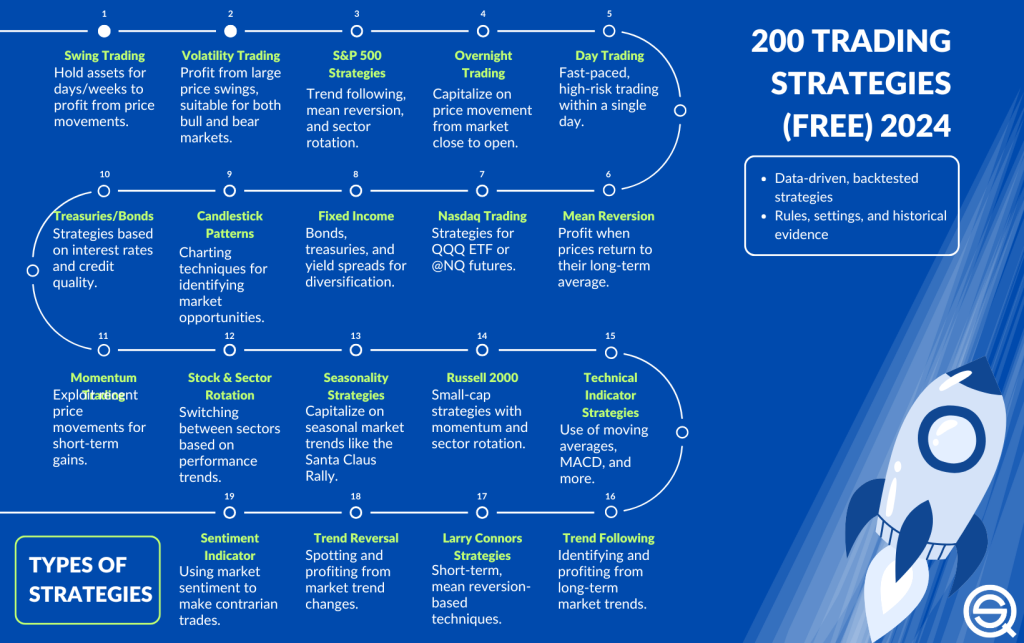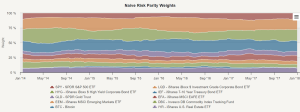Forex Trading Strategies for Low-Volatility Market Conditions
3 min read
Low-volatility markets can feel like watching paint dry—slow, uneventful, and frustrating for traders who thrive on big swings. But here’s the thing: quiet markets aren’t dead markets. In fact, they offer unique opportunities if you know how to adapt. Let’s break down some smart strategies to navigate these calm waters.
Why Low-Volatility Markets Are Tricky (And Why They Matter)
When volatility drops, price movements shrink. Trends fade. Breakouts fail more often. It’s easy to overtrade out of boredom or force setups that aren’t really there. But low-volatility periods often precede big moves—like the calm before a storm. The key? Patience and precision.
Signs You’re in a Low-Volatility Market
How do you know it’s low volatility—and not just a slow day? Watch for:
- Tight ranges: Prices barely budge beyond typical daily averages.
- Shrinking Bollinger Bands: The bands squeeze like an accordion.
- Low ATR (Average True Range): The indicator dips below its usual baseline.
- False breakouts: Prices poke beyond support/resistance… then snap back.
5 Forex Strategies Built for Low Volatility
1. The Range-Bound “Fade” Strategy
In sideways markets, prices often bounce between clear support and resistance levels. The play? Buy near support, sell near resistance. Simple, sure—but discipline is everything. Wait for price to actually touch those levels (don’t anticipate), and use tight stops just beyond them.
2. Straddle Breakout Pending Orders
When volatility is low, it rarely stays that way forever. Set pending orders above resistance AND below support to catch the eventual breakout. This way, you’re not guessing the direction—just ready to ride the wave when it comes. Risk? A fakeout could hit both orders. Mitigate by adjusting position sizes or waiting for confirmation.
3. Scalping with Moving Averages
In choppy markets, fast-moving averages (like the 5 or 10 EMA) can highlight micro-trends. Look for price to cross the EMA, then target small gains—5-10 pips—before the next reversal. It’s like collecting spare change… over and over. Works best with low spreads (major pairs only).
4. The “News Trap” Play
Low-volatility often precedes high-impact news (think NFP, CPI). Traders get complacent—then BAM, volatility spikes. Watch for compressed price action before major events, then trade the breakout post-news. Just beware of whipsaws; consider waiting 15-30 minutes after the release.
5. Carry Trade Adjustments
In calm markets, interest rate differentials matter more. Look for high-yield vs. low-yield currency pairs where the central bank isn’t likely to intervene soon. The goal? Earn swap points while waiting for volatility to return. Downside? A sudden shift in sentiment can erase gains fast.
Risk Management Tweaks for Quiet Markets
Low volatility doesn’t mean low risk. In fact, tight ranges can lead to:
- Overtrading: More trades ≠ better results.
- Wider stops (to avoid noise), which means bigger losses if wrong.
- Slippage surprises when volatility suddenly returns.
Fix it by:
- Reducing position sizes by 20-30% to account for false moves.
- Using limit orders instead of market orders to control entry points.
- Avoiding trading during “dead zones” (like midday Tokyo-London overlap).
Final Thought: Embrace the Boring
Quiet markets test your discipline more than chaotic ones. They force you to wait, refine, and trust the process. Because when volatility does return—and it always does—you’ll be the trader who didn’t blow their account chasing ghosts in the calm.







